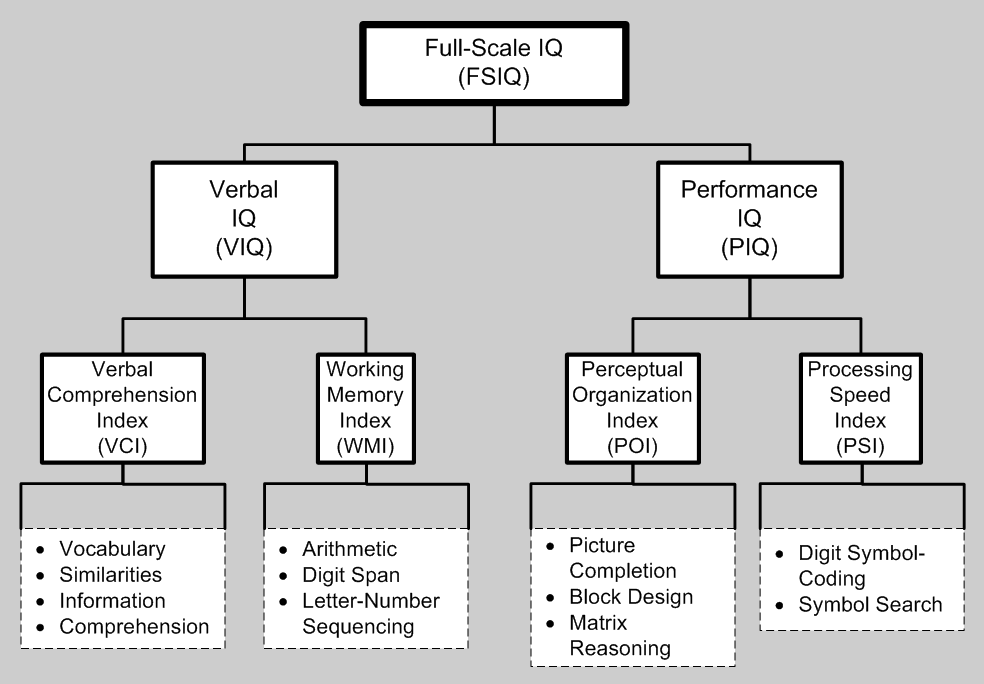|
Mixed Receptive-expressive Language Disorder
Mixed receptive-expressive language disorder (DSM-IV 315.32) is a communication disorder in which both the receptive and expressive areas of communication may be affected in any degree, from mild to severe. Children with this disorder have difficulty understanding words and sentences. This impairment is classified by deficiencies in expressive and receptive language development that is not attributed to sensory deficits, nonverbal intellectual deficits, a neurological condition, environmental deprivation or psychiatric impairments. Research illustrates that 2% to 4% of five year olds have mixed receptive-expressive language disorder. This distinction is made when children have issues in expressive language skills, the production of language, and when children also have issues in receptive language skills, the understanding of language. Those with mixed receptive-language disorder have a normal left-right anatomical asymmetry of the planum temporale and parietale. This is attributed t ... [...More Info...] [...Related Items...] OR: [Wikipedia] [Google] [Baidu] |
Communication Disorder
A communication disorder is any disorder that affects an individual's ability to comprehend, detect, or apply language and speech to engage in dialogue effectively with others. The delays and disorders can range from simple sound substitution to the inability to understand or use one's native language. Diagnosis Disorders and tendencies included and excluded under the category of communication disorders may vary by source. For example, the definitions offered by the American Speech–Language–Hearing Association differ from those of the Diagnostic Statistical Manual 4th edition (DSM-IV). Gleanson (2001) defines a communication disorder as a speech and language disorder which refers to problems in communication and in related areas such as oral motor function. The delays and disorders can range from simple sound substitution to the inability to understand or use one's native language. In general, communication disorders commonly refer to problems in speech (comprehension and ... [...More Info...] [...Related Items...] OR: [Wikipedia] [Google] [Baidu] |
Planum Temporale
The planum temporale is the cortical area just posterior to the auditory cortex (Heschl's gyrus) within the Sylvian fissure. It is a triangular region which forms the heart of Wernicke's area, one of the most important functional areas for language. Original studies on this area found that the planum temporale was one of the most asymmetric regions in the brain, with this area being up to ten times larger in the left cerebral hemisphere than the right. Location The planum temporale makes up the superior surface of the superior temporal gyrus to the parietal lobe. The posterior extent of the planum temporale has been variably defined, which has led to disputes to estimates of size and degree of asymmetry. Asymmetry The planum temporale shows a significant asymmetry. In 65% of all individuals the left planum temporale appears to be more developed, while the right planum temporale is more developed in only 11%. In some people’s brains, the planum temporale is more than five times ... [...More Info...] [...Related Items...] OR: [Wikipedia] [Google] [Baidu] |
Wechsler Adult Intelligence Scale
The Wechsler Adult Intelligence Scale (WAIS) is an IQ test designed to measure intelligence and cognitive ability in adults and older adolescents. The original WAIS (Form I) was published in February 1955 by David Wechsler, as a revision of the Wechsler–Bellevue Intelligence Scale, released in 1939. It is currently in its fourth edition (''WAIS-IV'') released in 2008 by Pearson, and is the most widely used IQ test, for both adults and older adolescents, in the world. History The WAIS is founded on Wechsler's definition of intelligence, which he defined as "... the global capacity of a person to act purposefully, to think rationally, and to deal effectively with his environment." He believed that intelligence was made up of specific elements that could be isolated, defined, and subsequently measured. However, these individual elements were not entirely independent, but were all interrelated. His argument, in other words, is that general intelligence is composed of various speci ... [...More Info...] [...Related Items...] OR: [Wikipedia] [Google] [Baidu] |
Expressive Language Disorder
Expressive language disorder is a communication disorder in which there are difficulties with verbal and written expression. It is a specific language impairment characterized by an ability to use expressive spoken language that is markedly below the appropriate level for the mental age, but with a language comprehension that is within normal limits. There can be problems with vocabulary, producing complex sentences, and remembering words, and there may or may not be abnormalities in articulation. Careful diagnosis is also important because "atypical language development can be a secondary characteristic of other physical and developmental problems that may first manifest as language problems". Models of language production Willem Levelt outlined the currently accepted theory of speech production. Words are produced after the concept waiting to be produced is conceptualized, related words are selected, encoded and the sound waves of speech are produced. Association with language ... [...More Info...] [...Related Items...] OR: [Wikipedia] [Google] [Baidu] |


